Iconic Campaigns/ Ads – Lifebuoy – Roti
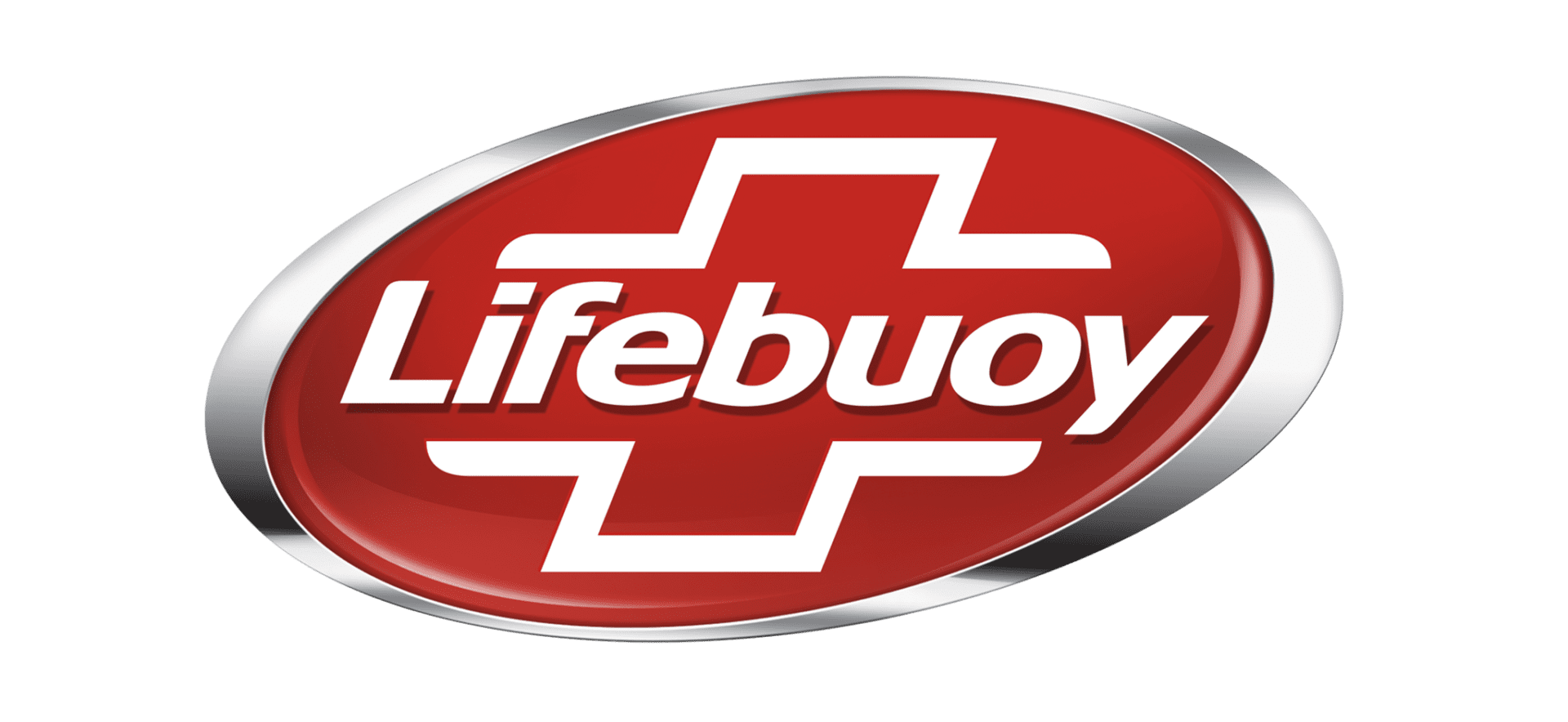
Roti is a common accompaniment to practically every Indian dinner, and it can only be eaten with your hands. It was difficult to avoid or dismiss the words
The Maha Kumbh Mela, which takes place every 12 years in Allahabad, attracts the world’s largest crowd of pilgrims. A hundred million Hindus flock to the city to take a holy bath in the Ganges River, and they pray, live, and dine together for nearly a month. Many marketers regard them as a single large captive audience, but their messages frequently fail to resonate. Lifebuoy, on the other hand, recognised a huge opportunity to motivate people to modify their behaviour in a relevant way.
During the festival, Allahabad is a dusty, filthy environment, and preserving hygiene isn’t always at the top of the attendees’ minds.
The first step for Ogilvy Activation was deciding what Lifebuoy should not do. Typically, firms set up stalls at such events, to sell or give out samples of their products. This was not something the agency wanted to do.
The roti proposal was merely one of roughly 300-400 ideas for what Lifebuoy should do differently at the Maha Kumbh. Vipul Salvi, the creative director was the person who thought about this idea.
A straightforward message that asks, “Have you washed your hands with Lifebuoy?”
Roti is a common accompaniment to practically every Indian dinner, and it can only be eaten with your hands. It was difficult to avoid or dismiss the words–or, hopefully, forget them. It’s realistic to assume that many pilgrims would continue to discuss it when they return home and that some will recall the message every time they eat.
However, as unique as the roti concept may appear, it proved to be a nightmare to execute. On the rotis, the agency first tried edible ink. “It’s possible that idea will backfire. “We never know how consumers will react to a roti with colours on it,” Salvi explains
They explored different options, such as using a traditional roti maker to stencil the letters on the roti. That option was also ineffective. Finally, the story’s hero turned out to be a photo-frame maker in a Mumbai slum.
The framer began work on a metallic heat stamp that would be used to heat emboss the letters on the rotis. The earliest experiments, on the other hand, were a complete failure. It takes a long time to heat stainless steel and considerably longer to cool it down. Six additional metals, including aluminium and other soft metals, were tested by the framemaker. Finally, the crew decided on brass because it performed best in tests. In the end, the supplier produced roughly 116 heat stamps in 15 days.
Among the millions of pilgrims who flock to the Maha Kumbh, the brand had become a talking point. Over 100 people stamped over 2.5 million rotis in 100 kitchens over the course of 30 days. With a budget of $ 36,000, the brand was able to achieve a cost per contact of less than one penny and $ 40 in additional sales for every dollar spent. Lifebuoy’s market share reached a three-year high, while brand recall increased by 4%.
It’s unlikely that the roti story’s hero would realise what he’d accomplished. “It’s simply another day at work for them.” “They get the job done and go on,” Salvi says.
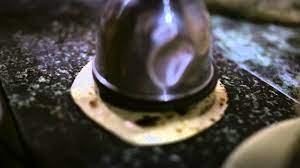
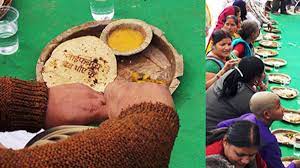
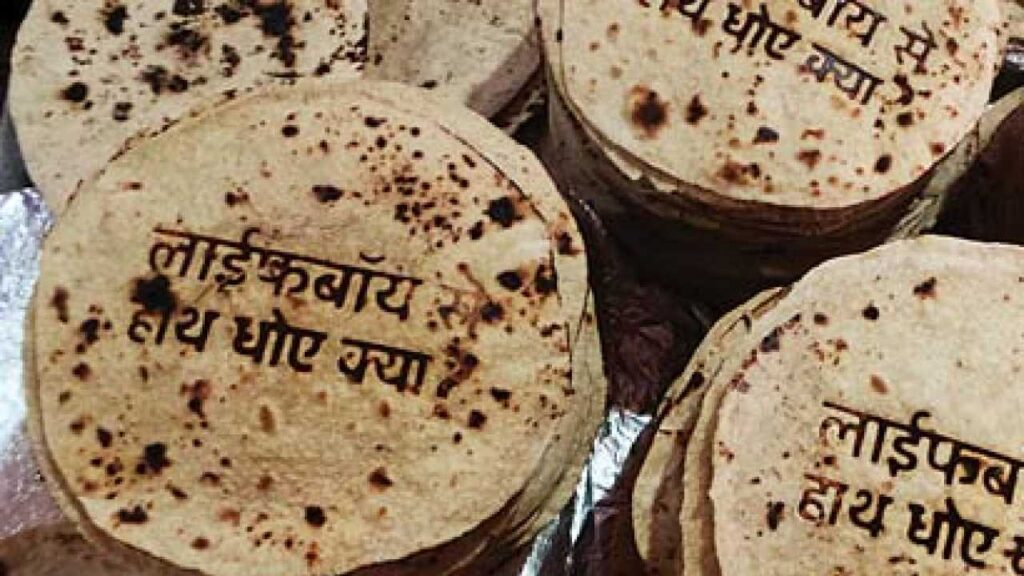
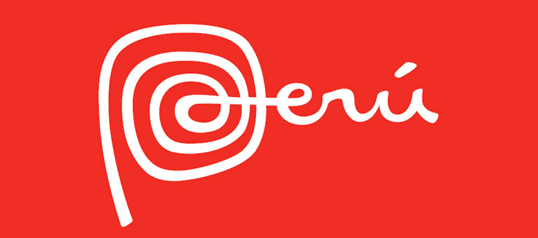

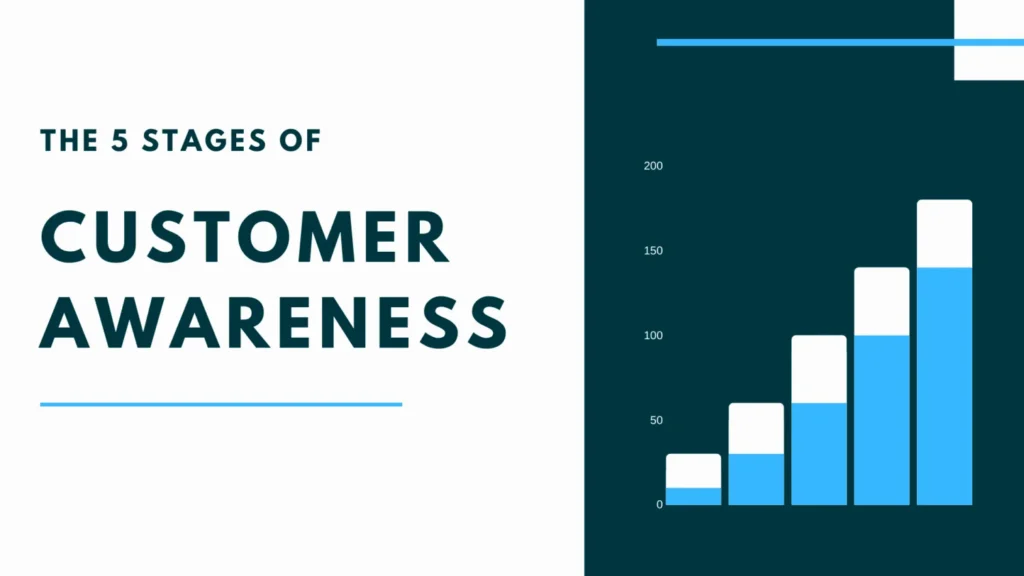

Thanks for sharing vejay, what creative thinking , amazing